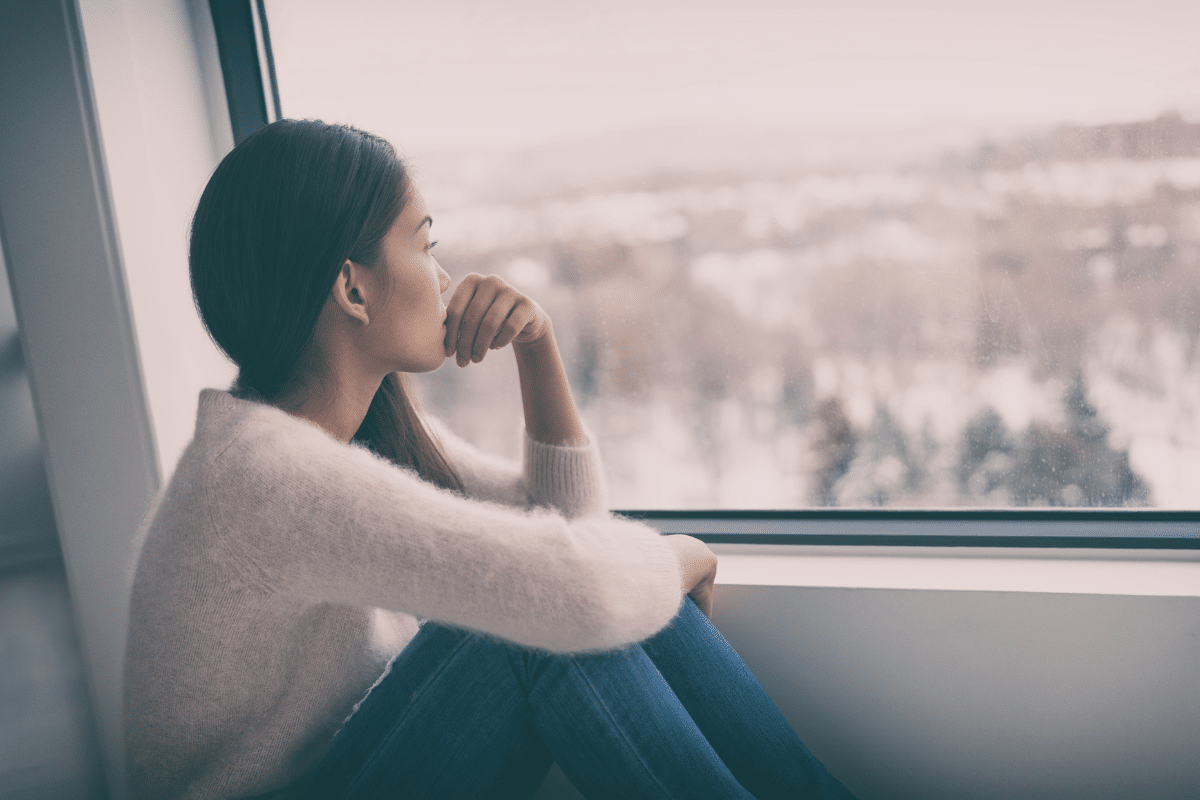On Wednesday, December 21st, we will honor the Winter Solstice in the Northern Hemisphere. The winter solstice marks the first official day of winter, with the fewest hours of sunlight throughout the year. Across many cultures, the winter solstice symbolizes the changing seasons and, thus, the changes we humans experience. But you may wonder, how does the winter solstice affect our mental health? This article will explore that answer and the best practices to implement when dealing with Seasonal Affective Disorder (SAD).
Because winter solstice has the least hours of sunlight, some people may experience melancholy and sadness, primarily due to a drop in serotonin levels. Some people find it harder than others to cope with the winter blues they are facing. It’s common for people to lose motivation to leave the house and be social and, unfortunately, have an ever-present feeling of hopelessness take over. Some individuals who struggle are diagnosed with Seasonal Affective Disorder (SAD), a form of depression directly related to the lack of sunlight during the day.
Dealing with Seasonal Affective Disorder (SAD)
Seasonal Affective Disorder is also referred to as seasonal depression, the winter blues, or winter depression. Common symptoms of SAD include a continuous down mood, a loss of pleasure in hobbies or activities, irritability, feelings of unworthiness, feeling lethargic, sleeping for longer periods, craving carbs, and gain or loss of appetite.
While the exact cause of SAD is not fully understood, it’s believed to be due to the lack of sunlight. Many experts think that a lack of sunlight may stop a part of the brain called the hypothalamus from working correctly, which could affect the production of melatonin (which helps you sleep), the production of serotonin (which affects your mood), and the body’s internal clock.
6 Tools to Help with Seasonal Affective Disorder
Self-care is vitalt for those living with SAD.
Throw your face to the sun. Literally, when the sun is out during winter, make it a priority to throw your face to the sun and let the warmth sink into your body.
Practice mindfulness. Meditation, deep breathing, yoga, and somatic movement are all great ways to handle Seasonal Affective Disorder. While we can’t always control how much sun exposure we get, we can control how to care for our mind, body, and spirit. Start experimenting with different mindfulness practices.
Travel. While not everyone has the means to travel, if you do, traveling somewhere warm with sunlight can help when battling seasonal depression. Look for good deals on airfare and soak up some rays when the darkness gets to be too much.
Light therapy. Light therapy can be a great tool to use during the winter. Implement using it during your morning, afternoon, or evening routines and see if you feel a positive effect.
Talking therapy. It can also be constructive to see a therapist during a time of SAD. Traditional talk therapy, cognitive behavioral therapy, and EMDR can be excellent therapies to explore.
Psychiatry. Consider meeting with a psychiatrist to discuss medication if symptoms don’t improve. While medication doesn’t have to be a permanent treatment, it can support people during difficult times. But even if you decide to take and stick with a particular medication, there should be no shame in that; we all need help in some form with navigating our struggles, and medication can transform someone’s life for the better.
The key is knowing your mind, body, and spirit and advocating for yourself when you need help and support.
Contact Us Today
At Advanced Behavioral Health, we are here to help you. Whether you have a case of the winter blues or are enduring another obstacle you’d like to talk to someone about, visit our services page here. Our team of experts is well-versed in many different modalities and offers on-site visits, virtual visits, and more. If you are suffering, know you do not need to suffer alone. We are here to help you navigate this difficult time and provide the tools to help you heal.
